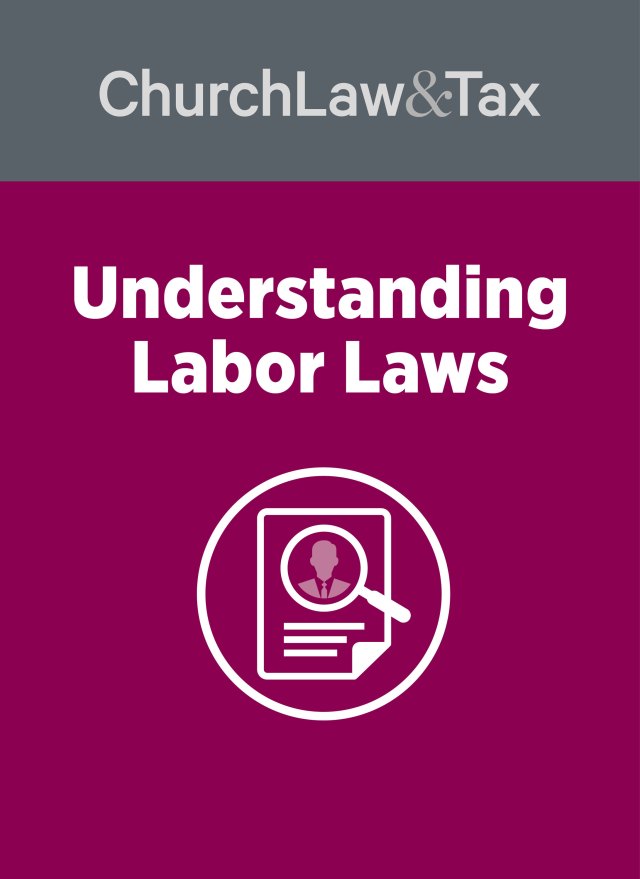Q: A church employee provided a letter of resignation to our church board. A few days later she changed her mind and asked the board to disregard her letter of resignation. What should we do? When is a resignation effective, and can it later be revoked?
Note the following ten points regarding resignations:
1. Most employees hired for an indefinite term are “at-will” employees who can resign at any time, subject to the conditions summarized below.
2. Employees hired for a specified term may be unable to resign prior to the end of their employment term, and, if they try, they may be subject to damages in a lawsuit brought by their employer. Clearly, this is something to be discussed in advance to avoid wasteful litigation.
3. An at-will employee’s unilateral right to resign may be limited or restricted by an employment contract that provides otherwise.
4. An at-will employee’s unilateral right to resign may be limited or restricted by an employer’s policy manual that provides otherwise. For example, some manuals require a specified number of days of advance notice before a resignation will be effective.
5. If an employee has an unconditional, unrestricted right to resign, his or her resignation is effective whether it is “accepted” or not.
6. It is a good policy for employees to present a resignation in a written, dated, and signed letter that is confirmed in an email.
7. Even if an employee has an unrestricted right to resign, be aware that suddenly walking off the job may impose a burden on an employer that in some cases leads to a negative reference.
8. Some courts have ruled that an employee cannot rescind or retract a letter of resignation. It is entirely up to the employer to decide whether to accept a rescission or retraction. So, employees should assume that a letter of resignation cannot later be rescinded or retracted.
9. Employees who are being investigated for misconduct sometimes resign as a way of preempting the disciplinary process. Like any resignation, such resignations generally are effective immediately and preempt the disciplinary process unless the right to resign is restricted by an employment contract or employee manual. This principle is illustrated by one of the leading cases addressing the discipline of church members. In 1989, the Oklahoma Supreme Court issued a ruling that remains the definitive analysis of church discipline. Guinn v. Church of Christ, 775 P.2d 766 (Okla. 1989).
The court reached the following three conclusions:
The discipline of church members (i.e., persons who have not withdrawn from membership) is a constitutionally protected right of churches.
Discipline of persons who have effectively withdrawn their church membership is not a constitutionally protected activity, and churches that engage in such conduct can be sued under existing theories of tort law.
The constitutional right of a church member to withdraw from church membership is protected by the First Amendment guaranty of religious freedom unless a member has waived that right. One way to do this is by a provision in a church’s bylaws, or other governing document, prohibiting members from resigning their membership when under discipline. This strategy may prevent members from preempting the disciplinary process by resigning their membership.Similarly, an employer may seek to restrict the ability of employees to resign their employment if under investigation or discipline for wrongdoing. While in many cases employers would be pleased to accept the resignation of employees under investigation for wrongdoing, that is not always the case, and so employees should understand that their right to resign may be restricted by an employer policy or contractual term.
10. It is common for church board members to resign their position when they relocate or become incapacitated. However, church bylaws usually do not address when and how such resignations occur. This is an important and frequently overlooked issue, since board members generally remain liable for the actions of the board until their resignation is effective. If the timing of a resignation is ambiguous, then this can expose a former board member to continuing liability. To avoid this, a church’s bylaws should clarify precisely when a board member’s resignation will be effective.





